White Sweet Potato Slips – 10 Sweet Potato Vine Live Plant Cuttings Set
Original price was: $45.99.$26.99Current price is: $26.99.
Grow your own sweet potatoes with these easy-to-plant slips! This set includes 10 white sweet potato cuttings ready to root and transplant. Enjoy homegrown sweet potatoes!
Estimated arrival
Dec 24
Dec 29 - Dec 31
Jan 03 - Jan 07
Reasonable Price
We offer reasonable price

Support 24/7
Contact us 24 hrs a day

100% Money Back
You've 30 days to Return

Payment Secure
100% secure payment
Grow Your Own Sweet Potatoes from Slips
Start your sweet potato journey with our set of 10 white sweet potato slips. These cuttings are ready to be rooted and transplanted, allowing you to grow your own delicious sweet potatoes. Follow our simple steps for successful planting and harvesting.
Step 1: Choose the Right Potato. White sweet potatoes are ideal for slip production. Step 2: Start Sprouting. Suspend the potato in a jar of water, ensuring the bottom half is submerged. Place it in a warm, indirectly lit spot and refresh the water every 2-3 days. Sprouts should appear within 1-2 weeks. Step 3: Grow the Slips. Once sprouts reach 5-6 inches, gently twist or cut them off. Step 4: Root the Slips. Place each slip in water, removing the bottom leaves, until roots grow. Step 5: Plant the Slips. Transplant into well-draining soil in full sun, spacing them 12-18 inches apart. Keep the soil moist during establishment.
When you grow your own sweet potatoes, you control the quality and freshness of your produce. These white sweet potato slips offer a rewarding gardening experience, providing you with a sustainable source of nutritious vegetables. Enjoy the satisfaction of harvesting your own homegrown sweet potatoes.
Benefits of Growing Sweet Potatoes
- Fresh, homegrown produce
- Control over growing conditions
- Sustainable food source
- Rewarding gardening experience
Frequently Asked Questions
- How long does it take for the sweet potato slips to root? Roots typically appear within a few days to a week when the slips are placed in water.
- What type of soil is best for planting sweet potato slips? Loose, well-draining soil, such as sandy loam, is ideal for sweet potatoes.
- How much sunlight do sweet potato plants need? Sweet potatoes require full sun, meaning at least 6-8 hours of direct sunlight per day.
- What is the ideal spacing between sweet potato plants? Plant slips about 12-18 inches apart to allow for proper growth and development.
- When is the best time to transplant sweet potato slips? Wait until the soil is at least 65°F (18°C) before transplanting, typically in late spring or early summer.
Be the first to review “White Sweet Potato Slips – 10 Sweet Potato Vine Live Plant Cuttings Set”

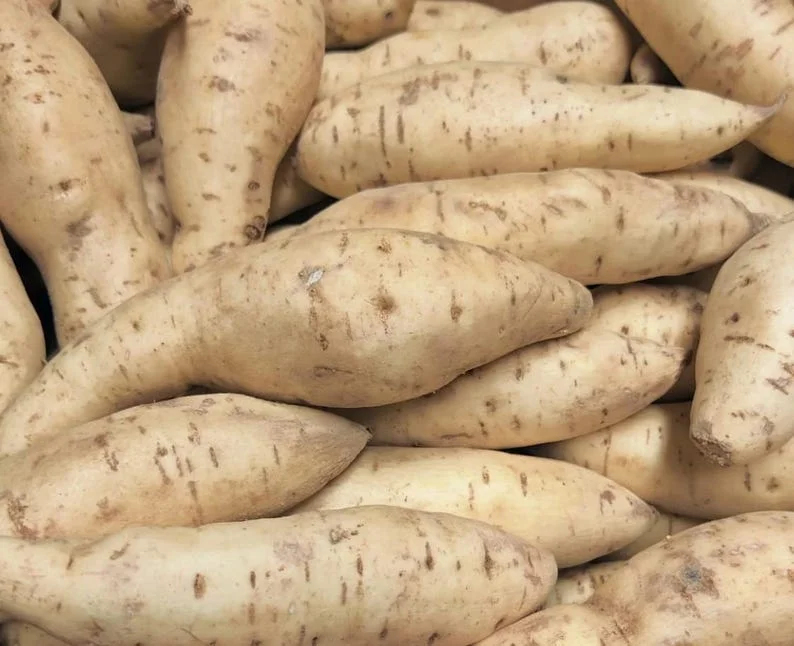
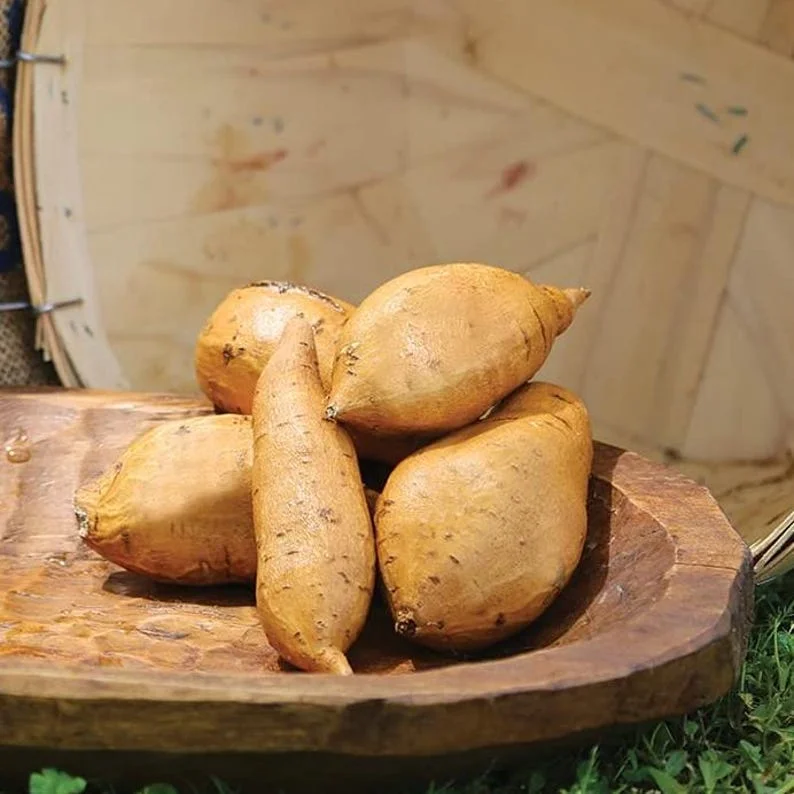

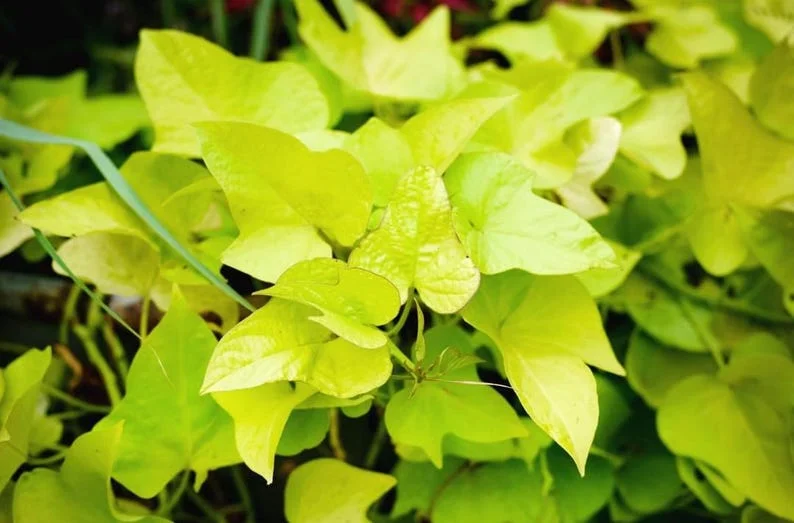
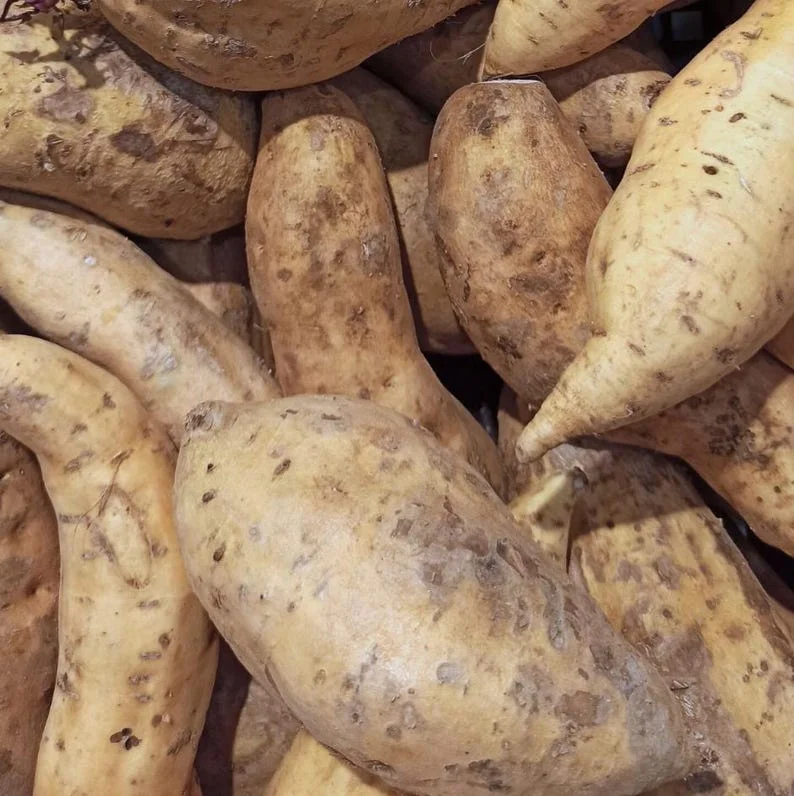
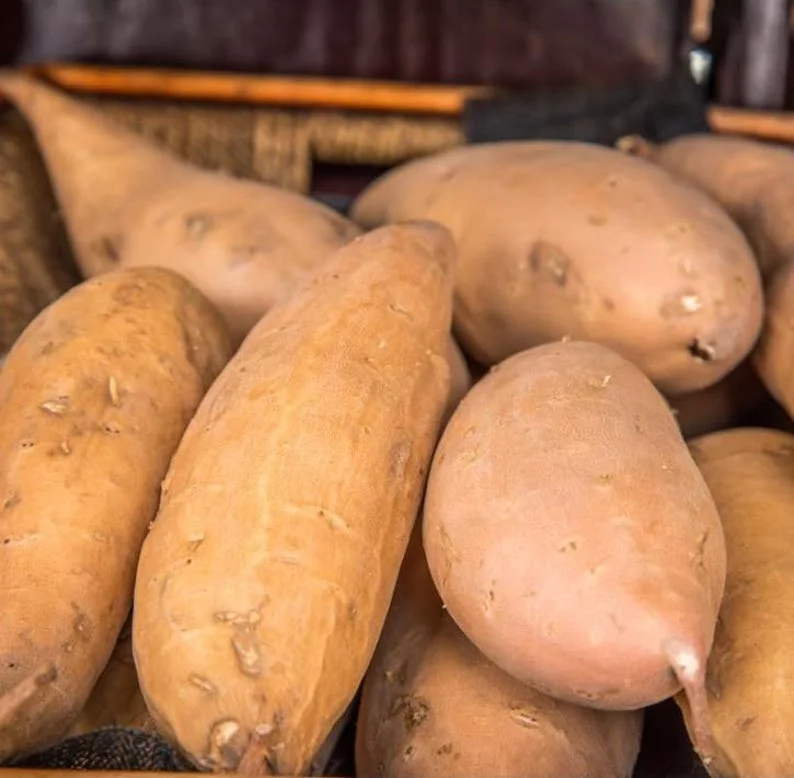
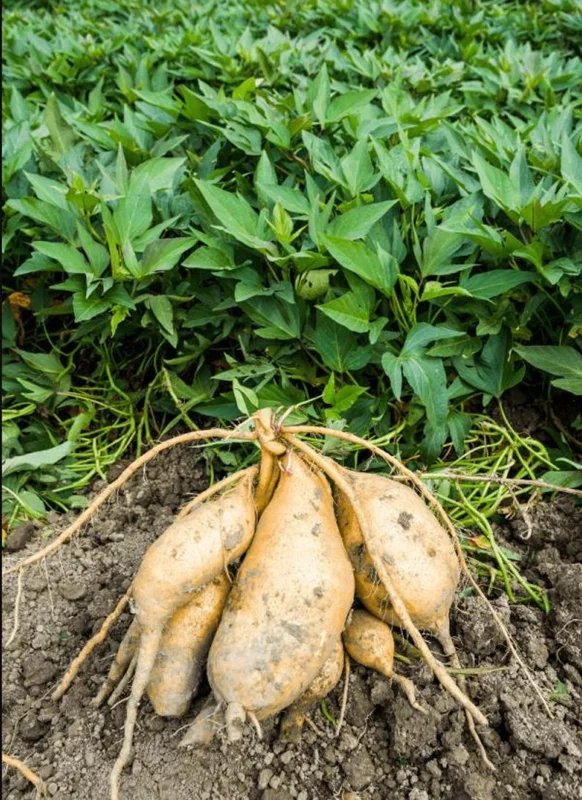
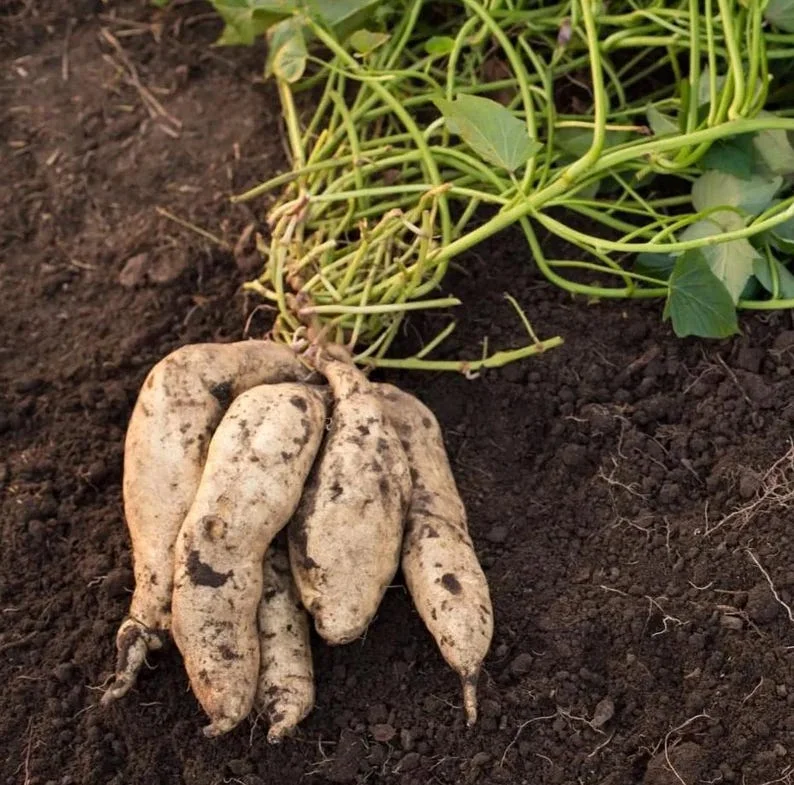
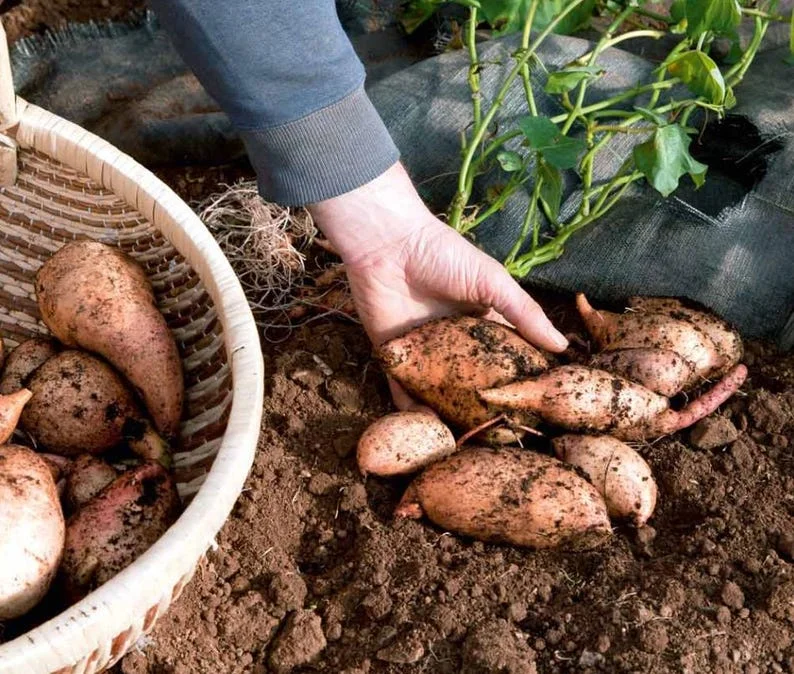
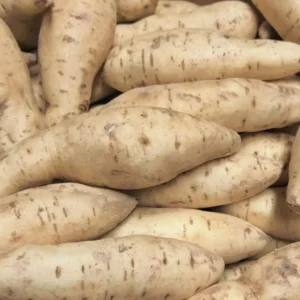
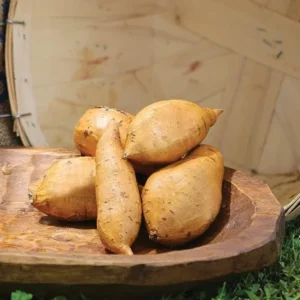

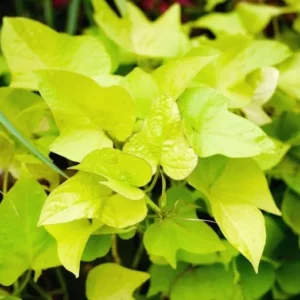
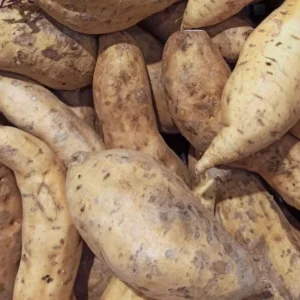
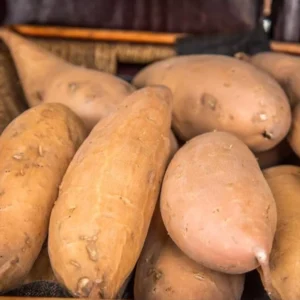

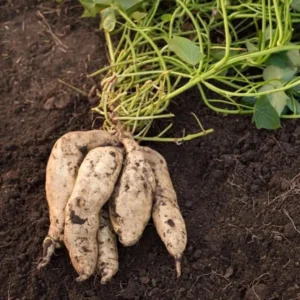
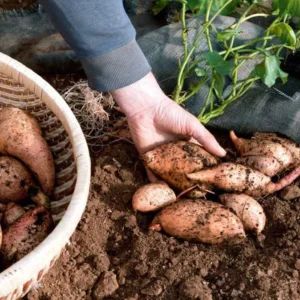






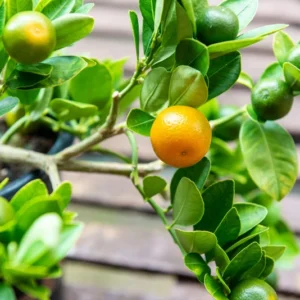
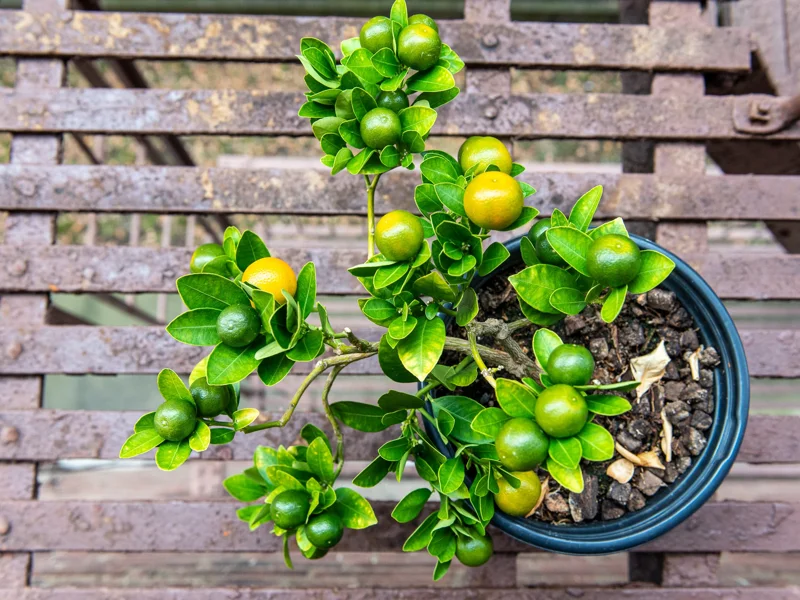
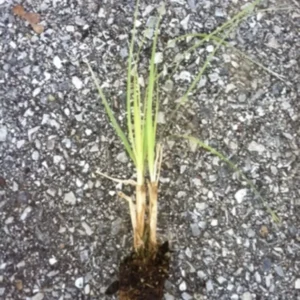
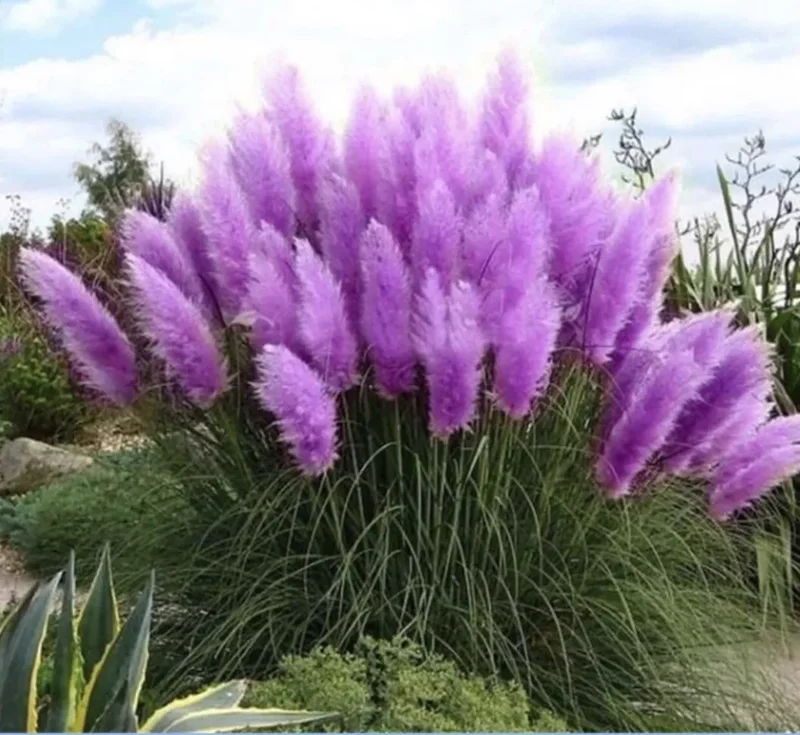
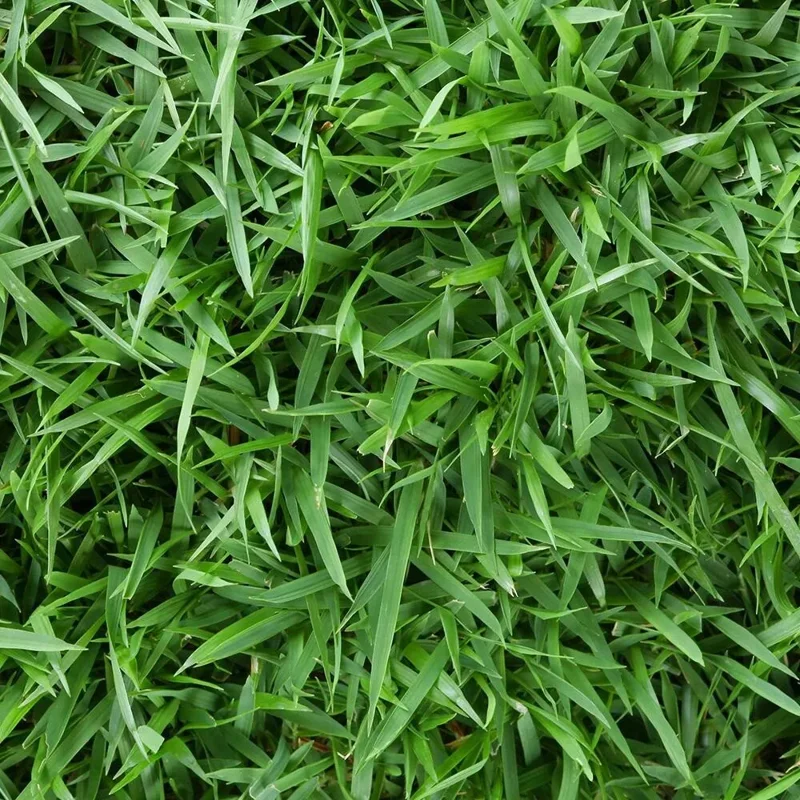


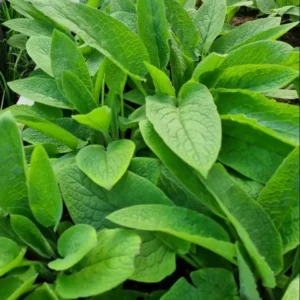
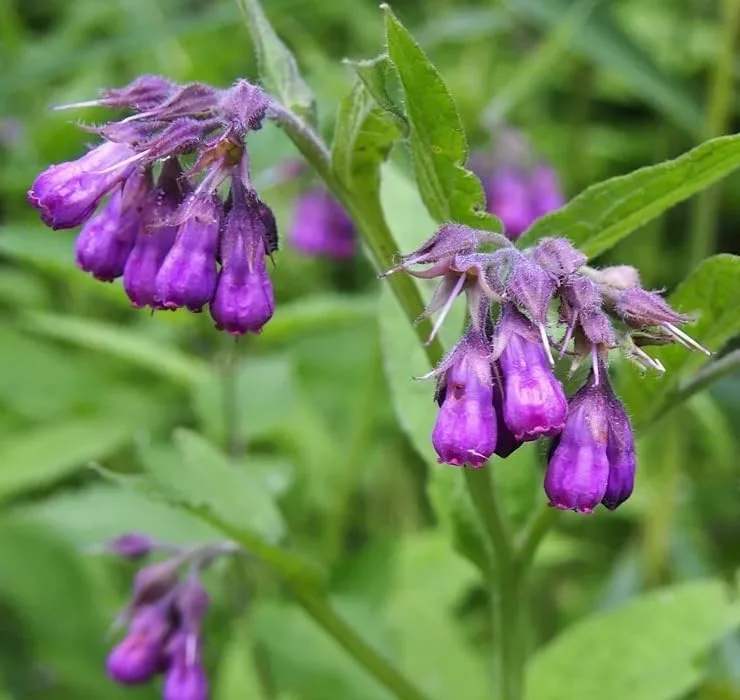

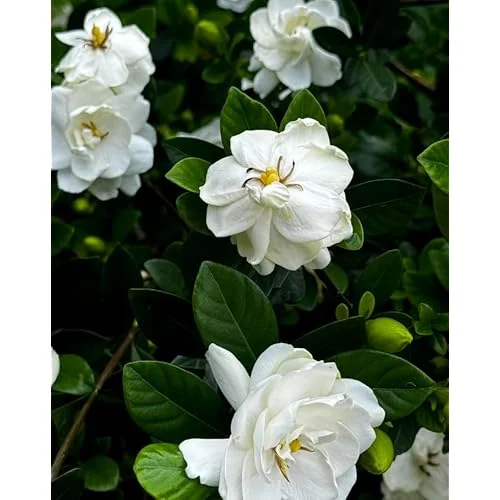
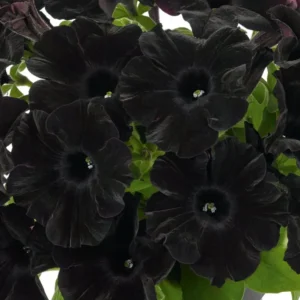
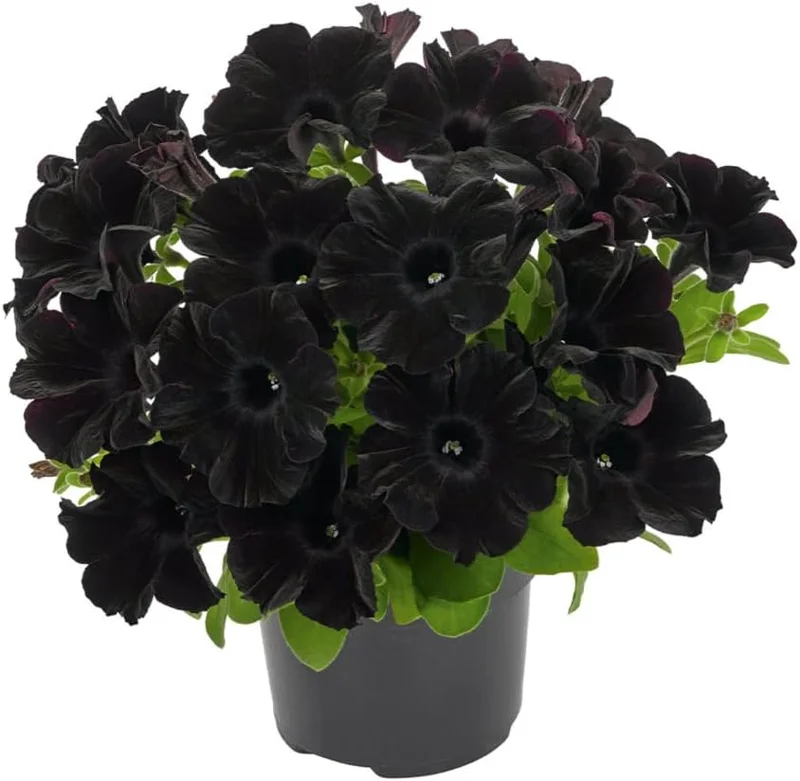
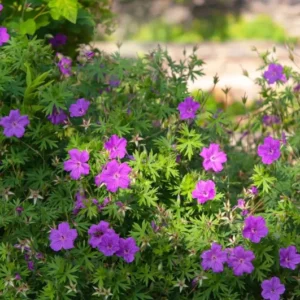
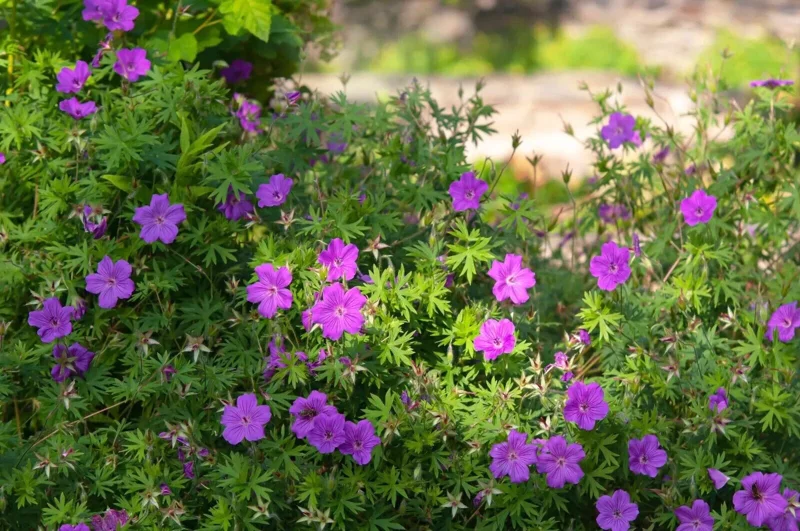
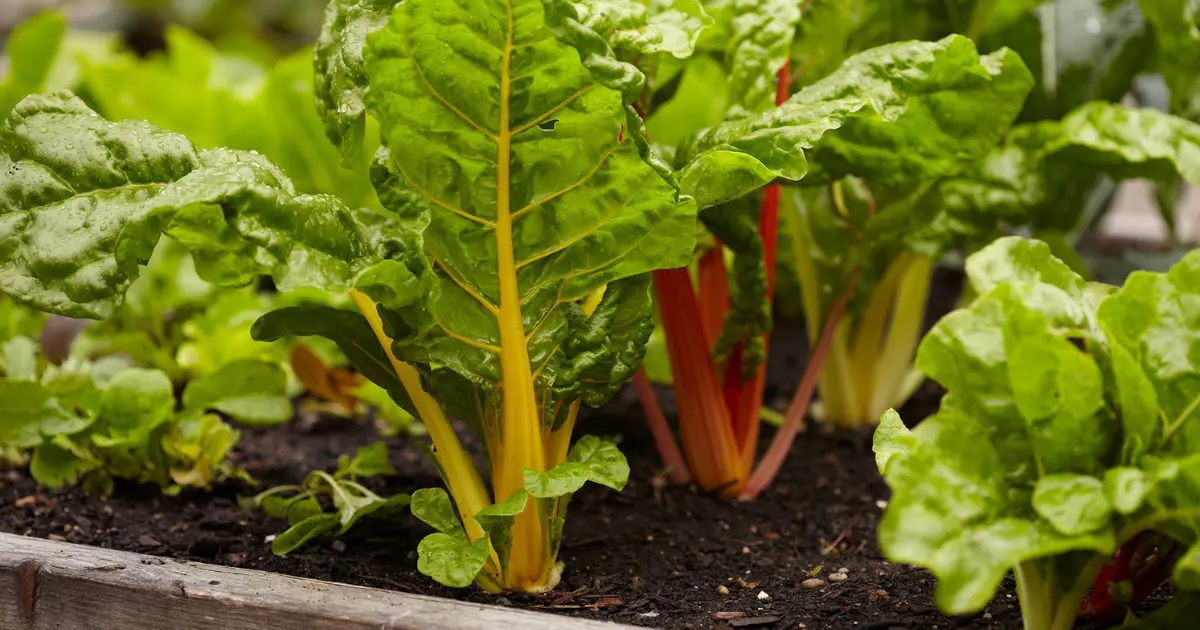
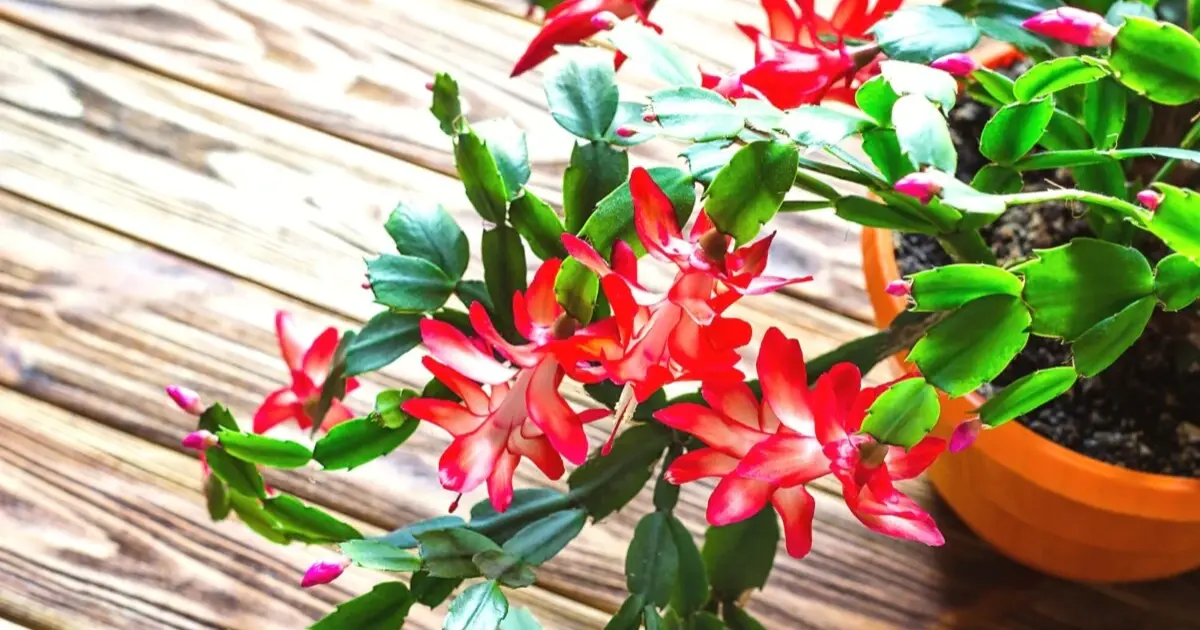
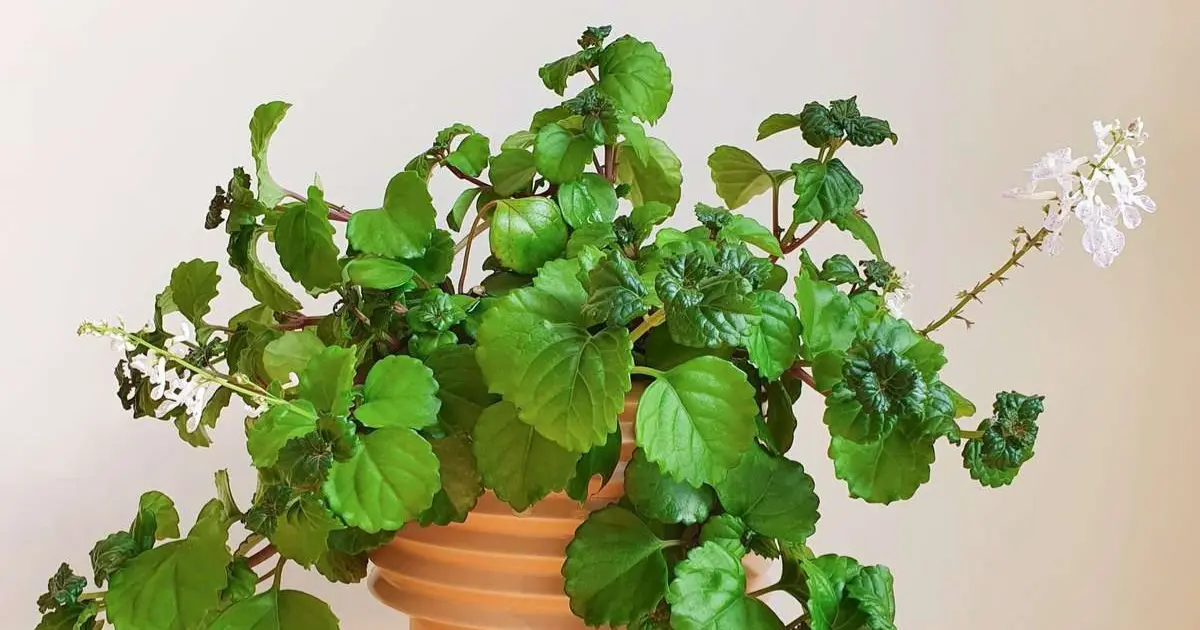
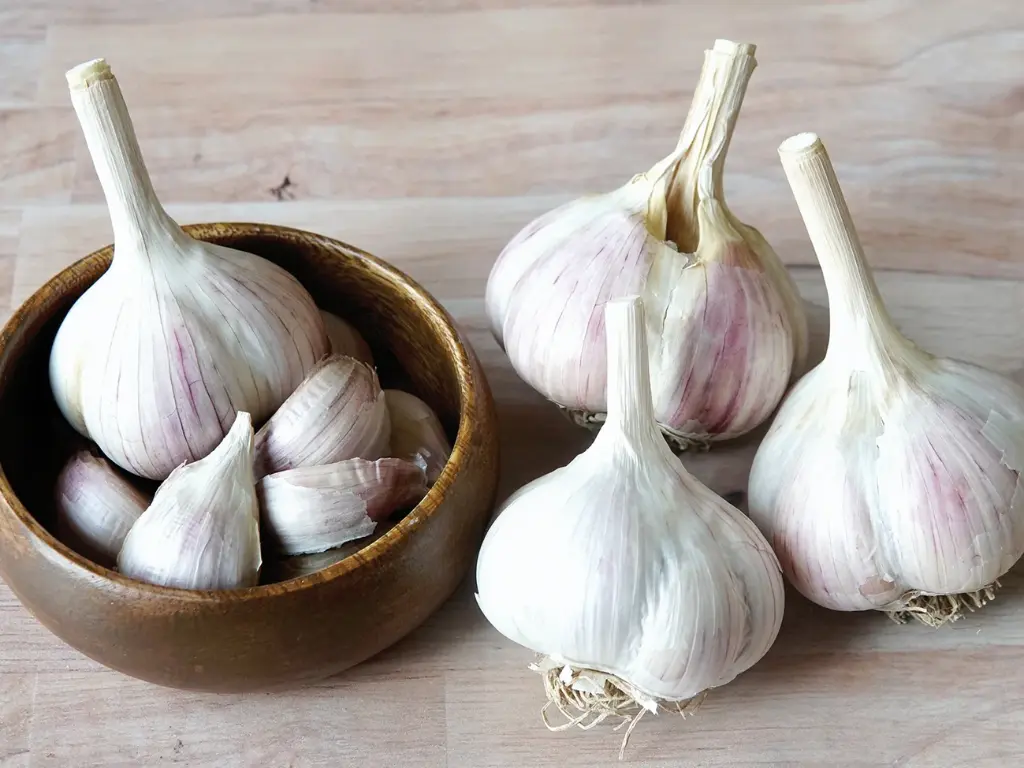
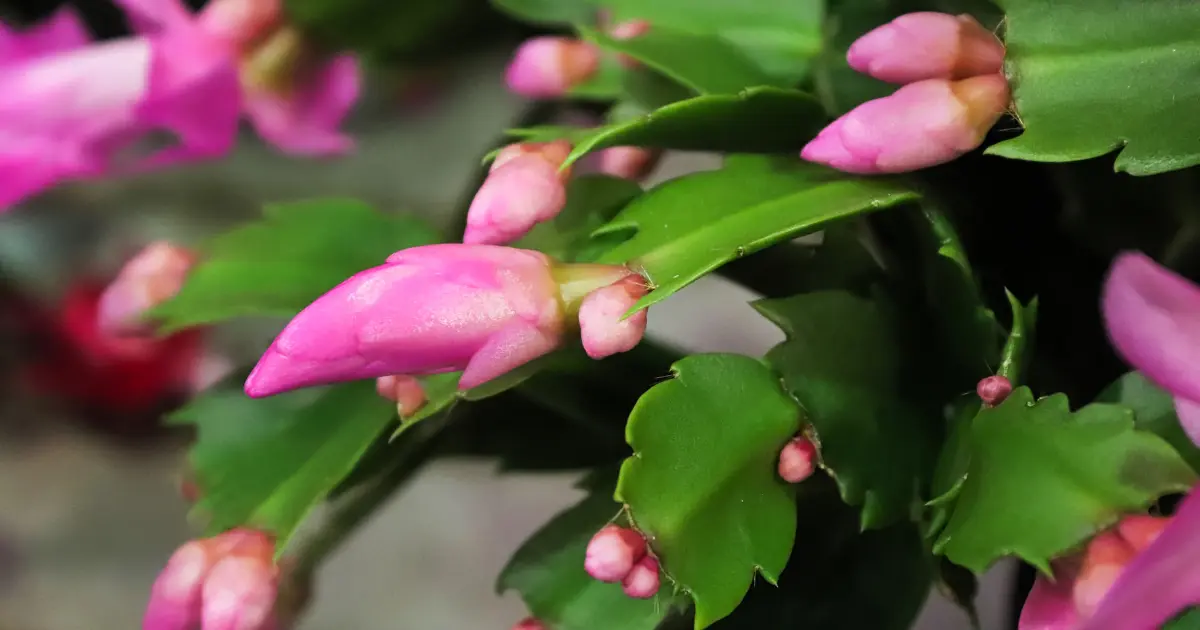

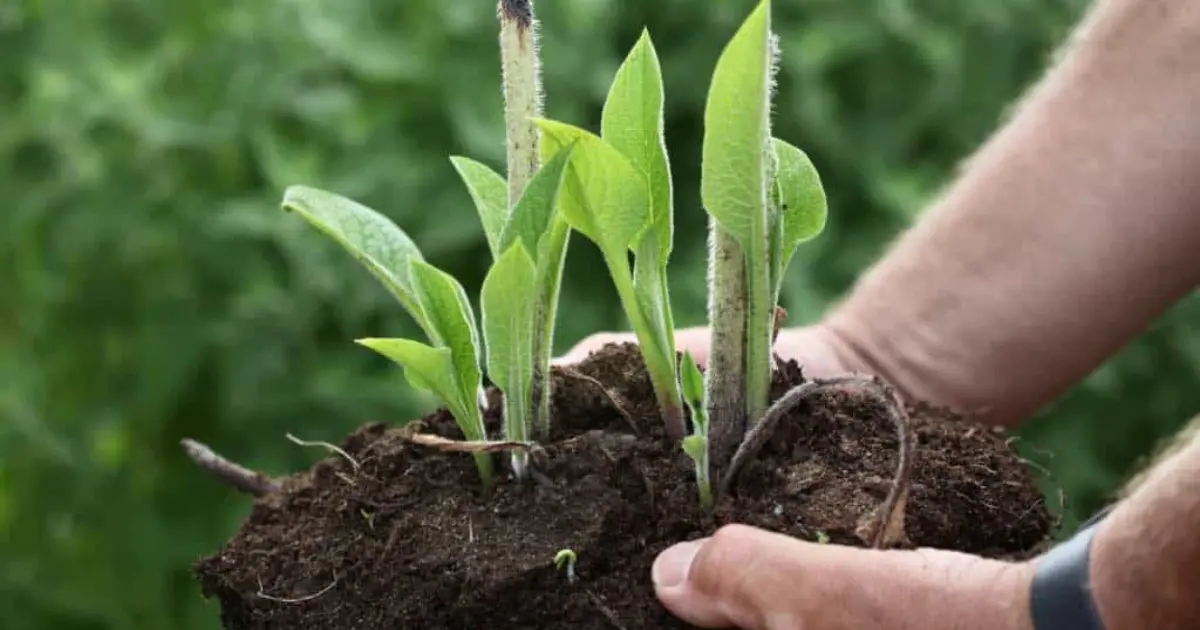
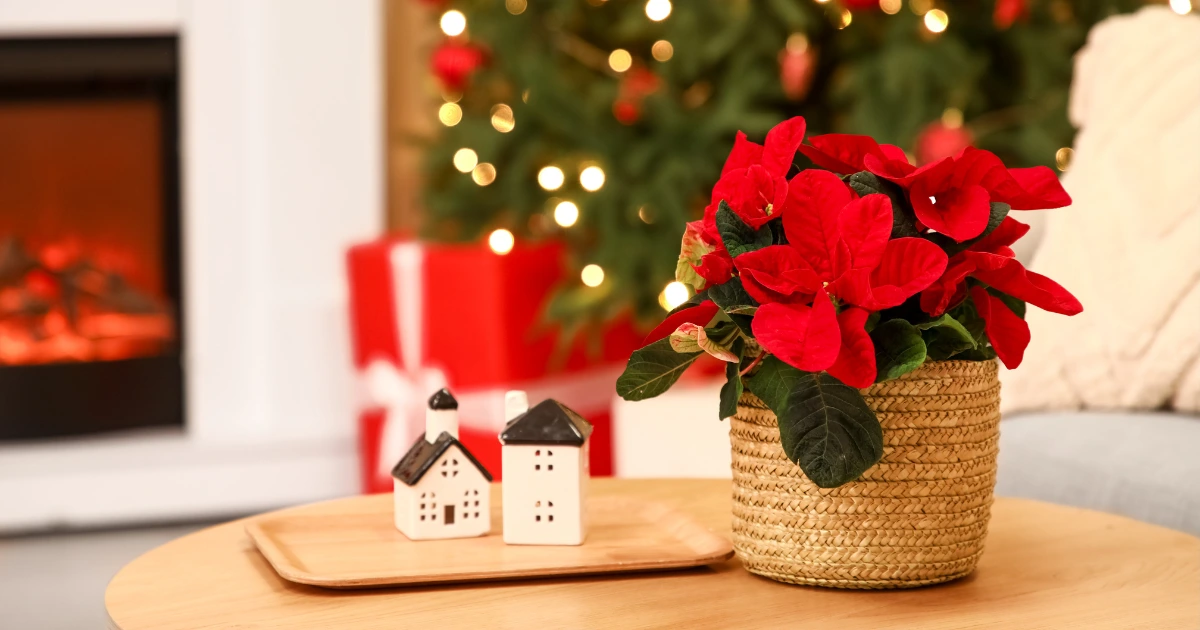



Reviews
There are no reviews yet.